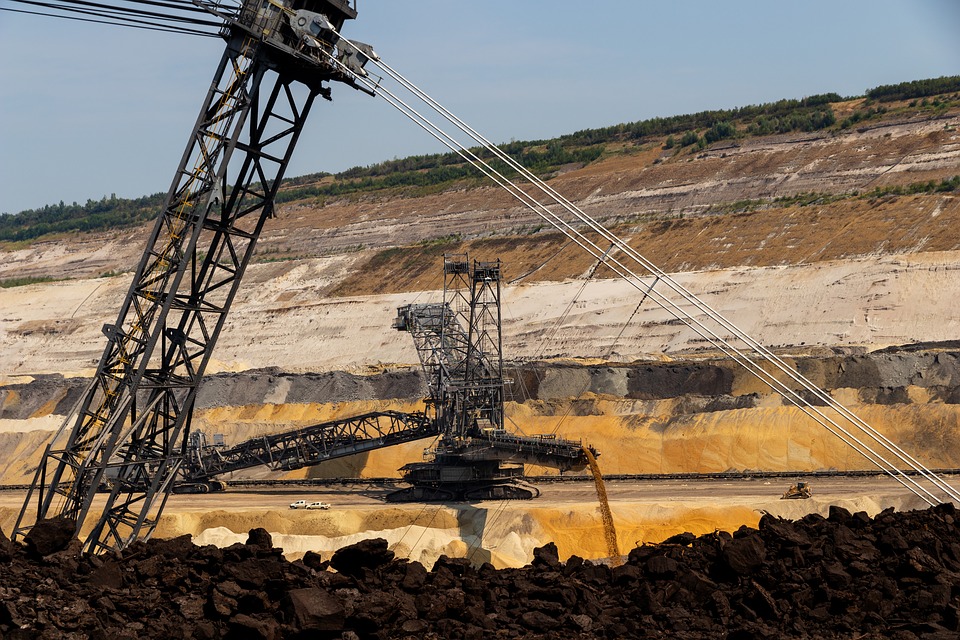Depending on whose timeline you adopt, we are now nearly half a year into the novel coronavirus pandemic. While we seem to be experiencing a lull in new infections and deaths in Nevada, the crisis is far from over. Restaurants and bars are beginning to reopen, but many public gathering places are still closed including gyms, schools, and playgrounds. With few places to go, and warming weather patterns tempting many to venture outdoors anyways, Nevadans are looking for new, socially distanced activities and places to explore. But with this exploration could come a rash of new premises liability and personal injury legal issues.
Off the Beaten Path
As Nevadans search for physically distanced activities outside the home, they are fortunate to have many options. Hiking trails are popular, as are activities such as mountain biking and river play. However, stray too far from the beaten path, and you may find yourself in one of Nevada’s many abandoned mining sites. Although this may seem like a place for adventure and exploration, abandoned mines are extremely dangerous and are known for causing accidents, injuries, and deaths to those who let their guard down.
Last Thursday, tragedy struck at an old sierra mining camp in Bagley Valley, in the Sierra Nevada mountains just west of the California-Nevada border. (If your Nevada geography is weak, that angular side of the state’s border slices through Topaz Lake, which is about 40 miles south-southeast of Carson City, the state capital. Bagley Valley is almost due west of Topaz Lake.)
The abandoned mine is located southeast of the California town of Markleeville, at about 6,400 feet of elevation. Since 1850, this region has been used as a cattle camp and a base for mining gold, silver, and copper. An individual was exploring when they came across an old blasting cap from when the mine was operational. Despite the age of the artifact, the cap detonated in the individual’s hand, causing a “significant hand injury.” The injured person was transported 35 miles to an emergency room in Gardnerville (Nevada) to receive medical treatment, and their current condition is unknown. Sheriff’s deputies scanned the area for other dangerous debris and came across several more blasting camps, which the Tahoe-Douglas bomb squad detonated on Friday. [1]
One might wonder what this individual was thinking when they picked up the blasting cap. But given the obscurity of the item, the average person may not have been on notice that it was a dangerous item. In the realm of premises liability, the remnants of former mining activities created a dangerous artificial condition, which likely placed the landowner under some heightened duty to warn people about the threat – even if they were trespassing. More details are needed to fully assess the situation, but even in a case where public opinion might be quick to blame the victim, the landowner may also bear some personal injury liability due to dangerous activity on private land.
Nevada’s Rich Mining History
Nevada, known for its rich mineral reserves, has been mined for decades. Mining began in Nevada in 1849 when gold was struck near the northern Nevada town of Dayton. Soon after, prospectors found an enormous silver deposit known as the Comstock Lode. Mining continues in the state of Nevada into the twenty-first century, which Nevada being the leading producer of silver in the United States and one of the world’s largest gold exporters. [2]
There are now abandoned mines all over the state which pose a present danger to the community. Experts estimate that there are about 200,000 abandoned mines the state of the Nevada, and roughly 25 percent of them may pose a threat to public safety. The Division of Minerals ranks the danger of each abandoned mine based on its location and the type of danger it may pose. Deeper mines located near populations centers are generally considered more dangerous than shallow ones in rural areas. Abandoned mines are generally secured with measures such as fencing and warning signs. [3]
Mine Injuries
Every year, dozens of people are killed or injured at abandoned mine sites in Nevada. The leading cause of death in abandoned mines is drowning in pits and quarries that are now filled with water. The walls of these basins are often slippery and steep, making it difficult to exit the water. There are also often other hazards lurking in the water, such as old machinery and rusty tools. [4] Here is a short list of some of the top hazards that can cause abandoned mine injuries:
- Falling down inclined/vertical openings
- Cave-ins due to decaying timber supports
- Explosives
- Asphyxiation due to lack of oxygen of presence of deadly gasses
- Poisonous snakes or spiders and disease-carrying animals [5]
As discussed above, each of these conditions may present its own fact-specific issues of premises liability, personal injury legal issues, and defenses for the landowner such as assumption of the risk. Additionally, there are many mining related injury risks for mines still actively being excavated in the State, as witnessed by the horrific tractor-trailer carrying ore from one of Nevada’s gold mines on State Route 766 accident we detailed here last year.
Mine Safety
The most important thing you can do to avoid suffering a personal injury in an abandoned mine site is to stay out of the site in the first place. If you know that you are in an area containing abandoned mining sites, be sure to stay on marked trails. If you do notice a mine, heed the warning signs and stay out of the mine shaft. Never hop a fence to try to get closer to a mining site. Even if no signs are posted, you cannot assume that an abandoned mining site is safe for exploration. If an unmarked area has a mine-like appearance, stay out. While federal agencies are working hard to remove hazards from abandoned mines and make them inaccessible to the public, this work takes decades to complete. The liability may still lie with the premises’ owner, but just because you have a strong personal injury claim due to injury on another person’s property does not mean you should avoid precautions.
There are hundreds of thousands of sites in Nevada alone, and many have no signs to warn the public about their presence. And remember, never try to swim or recreate in an abandoned mining quarry, as the calm waters may mask hidden dangers. [6]
[1] https://www.mercurynews.com/2020/06/08/ancient-blasting-cap-injures-person-at-old-sierra-camp/
[2] https://minerals.nv.gov/uploadedFiles/mineralsnvgov/content/Programs/AML/AboutAbandonedMines.pdf
[3] Ibid.
[4] https://www.blm.gov/sites/blm.gov/files/uploads/AML_PUB_DangersAtAbandonedMines.pdf
[5] Ibid.
[6] Ibid.


